Recent Articles
Popular Makes
Body Types
10 Cars that Don't Depreciate in Value

Datsun 510 orange hero ・ Photo by Wikimedia Commons
New cars are rarely a financial investment, but a well-timed purchase of a preciously-owned classic can be a fun way to preserve capital, with the potential for a modest return. Every car starts depreciating the moment it rolls off the lot, as the axiom goes, but it eventually reaches a trough. While conventional vehicles descend to scrap value, collectible vehicles hit bottom, stabilize and climb back. In the best cases, collectibles can rise to a multiple of their original price, if cared for properly. Our list of 10 cars that don’t depreciate shuns expensive exotic European supercars, focusing instead on affordable classics that can be enjoyed and driven without excess trepidation. We based our choices mainly on Hagerty Insurance’s historical value tool.
1998 Toyota Supra Turbo
While the Toyota Supra was produced in four generations, the fourth generation Supra Turbo (1993 - 1998) is the most popular variant, by far. All Supras carry inline six-cylinder engines, but the Supra Turbo was fitted with the renown 2JZ-GTE twin turbo, rated at 320 horsepower and 315 pound-feet of torque. Car and Driver Magazine testing achieved a 13.1-second quarter mile and a 4.6 second 0-60 MPH. Back in the day when a six-speed manual equipped 1998 Supra Turbo carried an MSRP of $40,508, while a typical example today can easily fetch 25% more than its original price, while a show-worthy 'Concours' example is worth more than double the original sticker. An average non-turbo Supra of the same vintage, on the other hand, is only worth a bit more than half of its original MSRP.
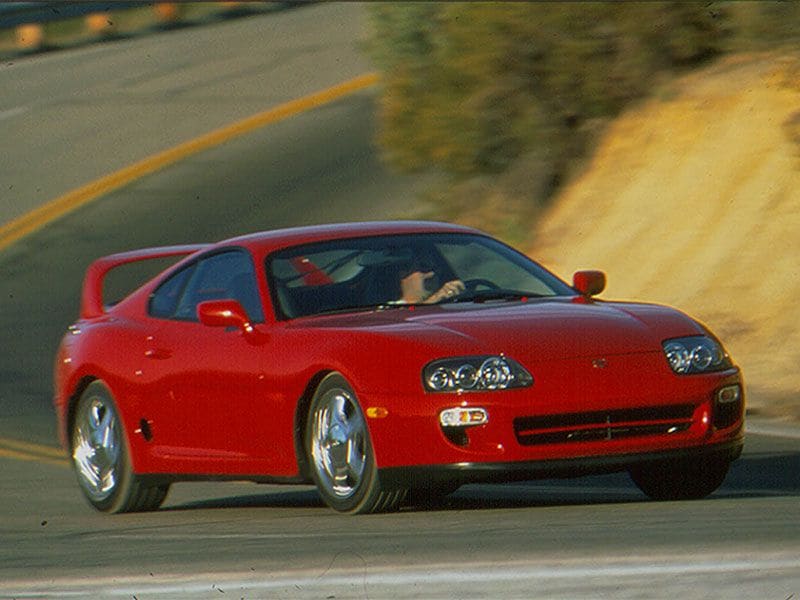
Photo by Toyota
1993 Dodge Viper RT/10
The Viper is not a car for the meek. Dodge went two up on the V8-powered Corvette, with the Viper's monstrous 400 horsepower 8-liter V10 engine which propelled the sleek beast to quarter-mile times in the mid-twelve second range and 0-60 MPH times in the mid-fours. Scarcity can be a very good thing when it comes to collectibility. Only 1,577 Viper RT/10s were produced for the 1995 model year. While Viper prices were relatively stable for years, they’ve leaped recently, with the end of production. The 1995 Dodge Viper RT/10 had an original MSRP of $56,000 and the average value today is slightly more than half that amount, with Concours-level cars eclipsing the original sticker price.
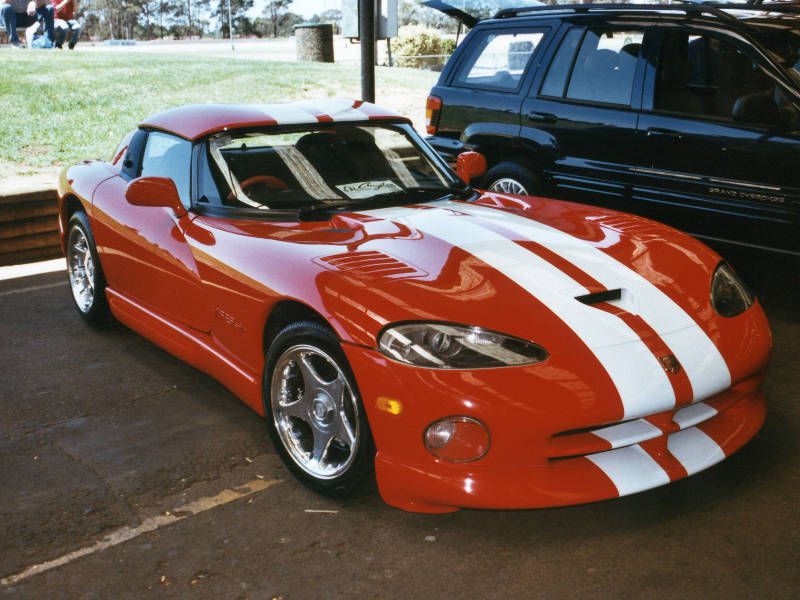
Photo by Wikimedia Commons
2003 Honda S2000
The limited production Honda S2000 roadster earned the moniker of “four-wheeled motorcycle” soon after its launch, thanks to its high-revving naturally aspirated four-cylinder engine, slick-shifting six-speed manual transmission, and taut suspension. The S2000 was produced in two generations. The first gen AP1 S2000 was fitted with a 237 horsepower 2.0-liter engine with an 8800 RPM redline and was produced for the 2000-2003 model years. The 2004-2009 AP2 was less peaky and more drivable, as the engine grew to 2.2-liter, with an 8,000 RPM redline, as horsepower remained constant. The first gen 2003 S2000 had a starting MSRP of $32,600. An average example today is worth approximately half that, with a Concours vehicle going for the original price.
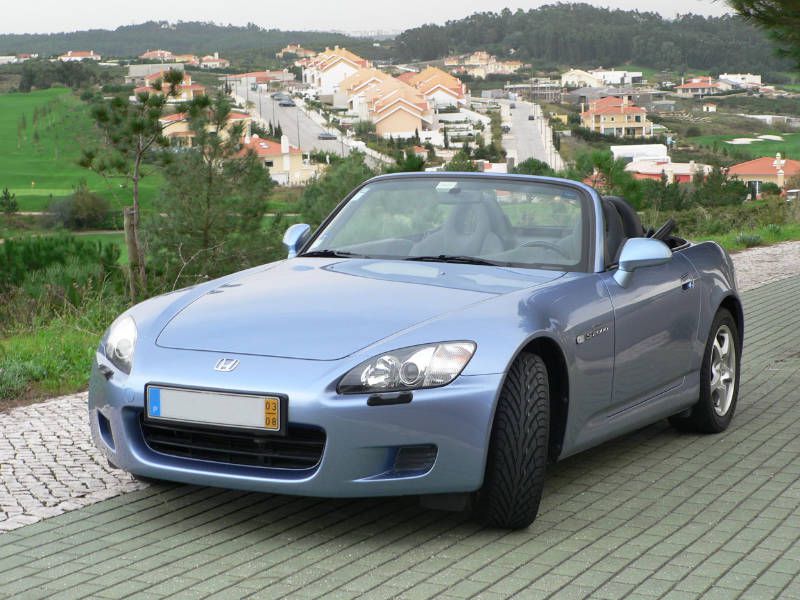
Photo by Wikimedia Commons
2001 Chevrolet Corvette Z06
The fifth-generation C5 Corvette (1997-2004) offered plenty of bang for the performance buck in Z06 trim. A 385 horsepower 5.7-liter V8 delivers the oomph to cover the 0-60 MPH sprint in less than 4.5 seconds, with the quarter-mile covered in the high twelve-second range. The Z06’s handling is balanced, and its grip is phenomenal. The 2001 Chevrolet Corvette Z06 had an original MSRP of $48,055 and is valued at less than half that in average condition today, with a Concours vehicle worth a bit less than three-quarters the original sticker price. The Z06 slid down the depreciation slope, hit its trough and is headed modestly up in value.

Photo by Wikimedia Commons
1968-1973 Datsun 510
If you once hankered for a BMW 1600 or 2002 in the late 1960s or early 1970s but couldn’t afford one, you might have opted for a Datsun 510. It would’ve been a wise choice. A 510 in Concours condition today can fetch ten times its original price. If you rode the depreciation curve and cared for that 510 well, your initial investment of $2,300 might have tripled in value for an average two-door sedan. The Datsun 510 was a sporty little critter, with a willing (and easily upgradeable) 96 horsepower 1.6-liter inline four under the hood, four-wheel independent suspension, and front disc brakes. It was offered as a two- or four-door sedan, a two-door coupe, and a wagon.
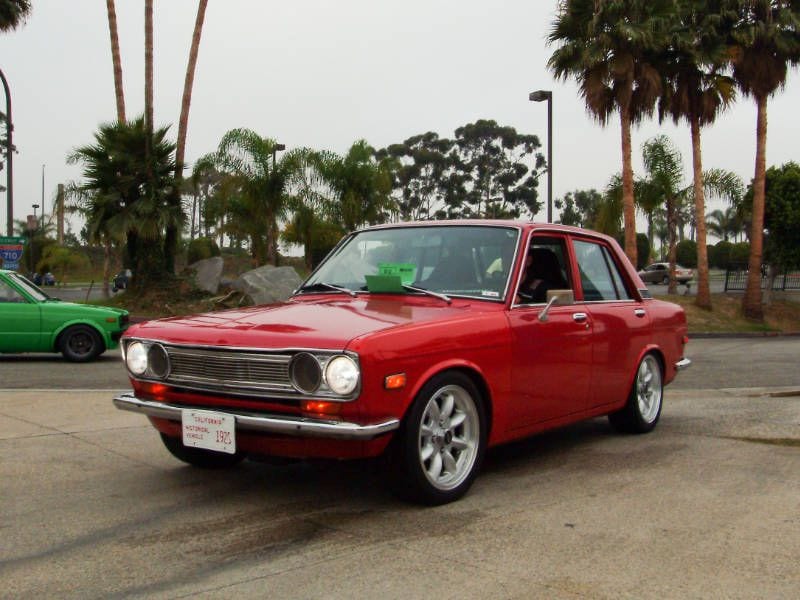
Photo by Wikimedia Commons
1982 Delorean DMC-12
The Delorean DMC-12 has a history filled with fame, scandal, and failure. Despite its handsome stainless steel exterior and gull-wing doors, automotive aficionados scorned the car, primarily due to its lackluster performance. (The DMC-12’s six-cylinder engine produced a scant 130 horsepower.) Delorean was only able to keep the factory open for three model years (1981-1983,) producing slightly over 8,500 vehicles before folding. While the DMC-12 depreciated steeply, it has recovered quite well of late, with typical examples valued a few thousand dollars over the original $25,000 MSRP. Concours-level cars are nearing double the original MSRP. Worth noting: without the success of the Back to the Future movie franchise, the Delorean would have likely faded into history.

Photo by Wikimedia Commons
2005 Pontiac GTO
The 2004-2006 Pontiac GTO has many factors on its side, the first being scarcity. With the demise of the beloved Pontiac brand, a brand-new GTO will never again see a showroom floor. The second, of course, is horsepower. It’s tough to argue with 400 ponies of 6.0-liter V8 under the hood. The 2004-2006 GTO was based on the Holden Commodore and was manufactured in Australia. The depreciation valley has long past. Prices have been on the rise of late, and an average 2005 GTO goes for half the original $32,295 MSRP today, with a Concours-worthy version worth slightly less than the original sticker.
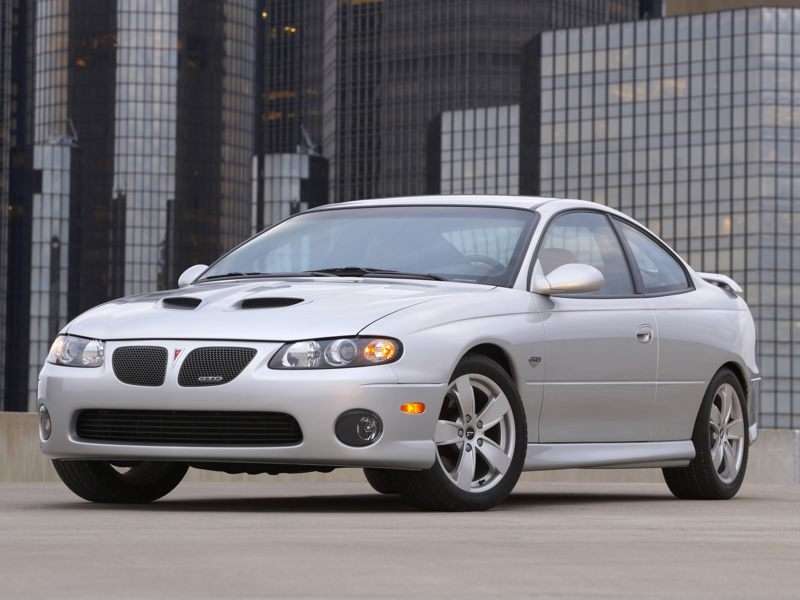
Photo by Pontiac
1976 Datsun 280Z
The original Datsun Z car quickly progressed through three monikers - 240Z, 260Z, and 280Z - with the badges denoting its inline six’s displacement. The 260Z was offered in model years 1976-1978, with a fuel-injected 2.8-liter engine that produced a modest 149 horsepower (earlier models were carbureted.) The base 1976 280Z had an MSRP of $6,669, with depreciation ending long ago and prices rising dramatically lately. Average examples are fetching nearly fifty percent more than that today, with Concours-level vehicles worth nearly five times the original sticker. While Z cars can be notoriously rusty, a range of replacement sheet metal parts is available.

Photo by Wikimedia Commons
2002 Jaguar XKR
Itching to roll the dice on an ultra-sleek soon-to-be-classic Jaguar? The 2002 Jaguar XKR base coupe had an MSRP of $81,330, and a massive perch, considering the current average prices fall to less than one-fifth the original sticker. Nevertheless, the allure of the big cat’s 370 horsepower supercharged V8 persists, and prices have edged slightly up of late. Concours examples are worth roughly twice as much as the average and the convertibles command a higher price than the coupes. The XKR is one of the chanciest wagers on our list, and while the Corvette Z06 may be the safer bet when it comes to parts and maintenance costs, the XKR holds its own on the tough to quantify drool-worthiness charts.
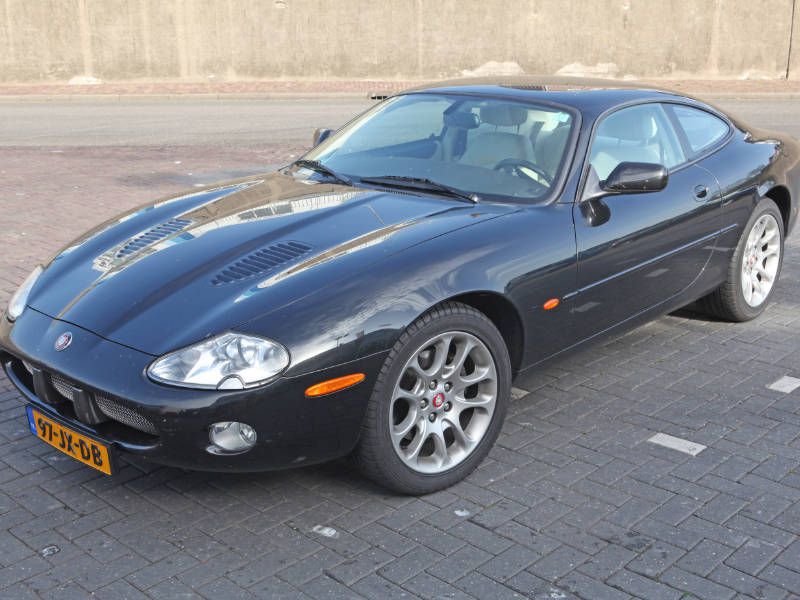
Photo by Wikimedia Commons
1990 Jeep Grand Wagoneer
While this is a list of cars that don’t depreciate, we’ll go out on a limb and include one SUV, and a grand one at that. Call it a station wagon if you will, the Jeep Grand Wagoneer set the pace for the industry as the first rugged luxury suv. While the notoriously depreciation resistant Ford Bronco, Toyota FJ, and Land Cruiser were trucks, back in the day, the Grand Wagoneer brought creature comforts to the trail. It was offered from 1984 through 1991. The 1990 model stickered at $27,795 with a 360 cubic-inch V8 that pumped out a paltry 144 horsepower. An average Grand Wagoneer today goes for roughly half the sticker price, while a Concours level version can fetch a fifty percent premium over the original MSRP.
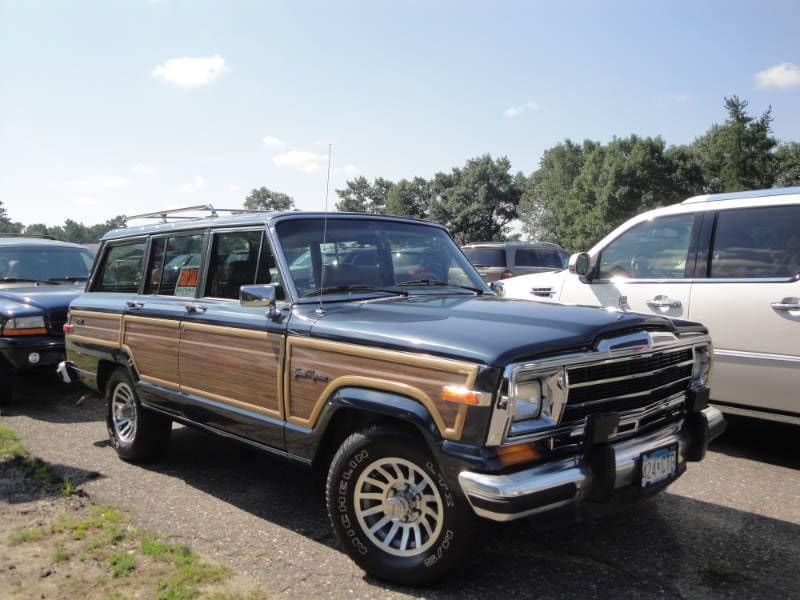
Photo by Wikimedia Commons